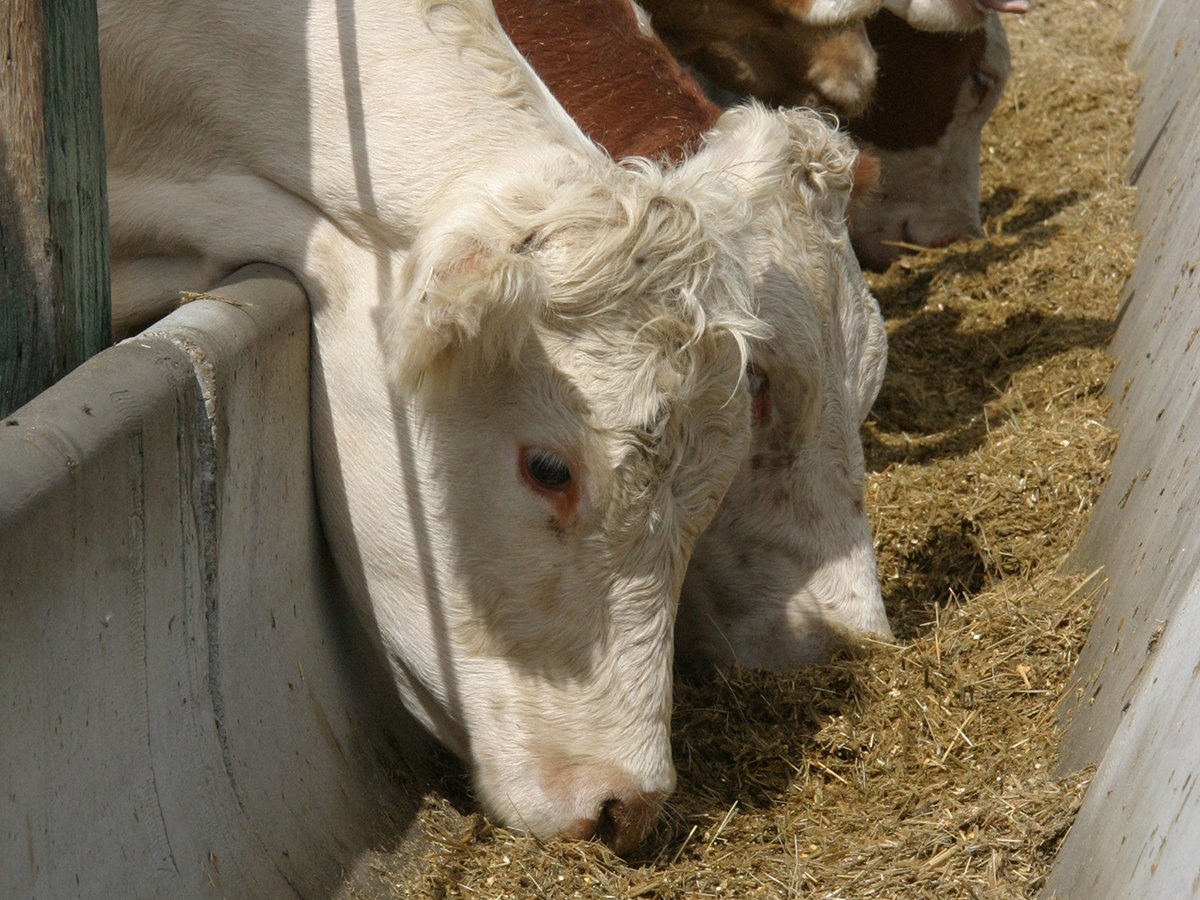Producers say there are many advantages to raising these bison, but the industry needs new entrants to meet demand
GRANDE PRAIRIE, Alta. — Prices are high, feed is cheap and management costs are low for bison.
So what does it take to get more people interested in raising the animals?
Producers at the Oct. 22 Peace Region bison meeting were encouraged to promote their industry to others and grow their animals to a larger carcass size to increase the amount of meat available to consumers.
Bison Producers of Alberta president Roger Van Haren said misconceptions about production might be one factor that discourages new entrants.
Read Also

Alberta cattle loan guarantee program gets 50 per cent increase
Alberta government comes to aid of beef industry with 50 per cent increase to loan guarantee program to help producers.
“Some people think you need an elephant fence. You don’t need an elephant fence. You need a bison fence, which is just five strands of barbed wire. A five- or six-foot page-wire fence is fine, and a decent handling system.”
Cost of land in Alberta is another factor, he said, but renting land previously used for bison or elk is a possibility. Bison don’t require high quality feed, and in any case feed may be cheap and plentiful this year because of poor harvest weather in many regions.
Van Haren said federal slaughter levels for bison are down this year primarily because fewer animals are available. Slaughter is 16.7 percent lower than last year, as of Aug. 31, and exports to the United States are also down about 10 percent compared to last year, Canada wide.
In a presentation to Peace region producers, he said the long-term success of Alberta’s bison industry depends in part on attracting new entrants. Also on his list is:
- supporting trade deals
- supporting local and national markets
- feed animals to heavier carcass weights
- market higher end cuts
- cull mature animals that are no longer productive
- lobby to ensure bison continue to be classified as livestock rather than wildlife
Canadian Bison Association executive director Terry Kremeniuk said bison herds can’t be established as easily as cattle herds but profit is always the key to encouraging new entrants and higher production.
“There’s a need to attract further investment, a need for new entrants, and of course new entrants and the investment is driven by sustained profitability. And as long as the industry can maintain the marketing strategies and maintain the strong demand, that sustained profitability will be there.”
Kremeniuk also noted the need for better price discovery for bison, which would provide better market signals to current and new industry entrants alike. Fewer than 4,000 bison are sold at auction markets each year.
















